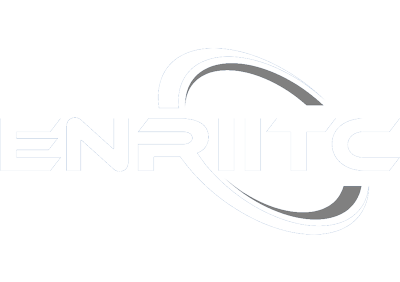#ENRIITCyourCoffee Season 3 Episode 7 on industry access to facilities on the ISIS Neutron example
Welcome to the recap of #ENRIITCyourCoffee Season 3 Episode 7 on Applied & industrial vs fundamental science. We had the joy to hear from three speakers this time: Ed Mitchell, Head of Business Development Office at ESRF, Magnus Larsson, Head of Industrial Relations at MAXIV Laboratory and Graham Appleby, Business Development Manager at the UK’s ISIS Neutron and Muon Source.
Magnus spared no time and jumped in by giving an overview how industry could obtain open access to the synchrotron for free: the peer-reviewed access and proprietary access (see on video at 02:55). Magnus also outlines the Spring-8 model that was the basis for a hybrid solution between peer-reviewed and proprietary access and how this model would be modified for this hybrid solution.
Next up was Graham who moved away from theory and more into practice on how they are handling this in ISIS Neutron (see on video at 06:35). He follows up Magnus’ schema with examples ISIS sees why one or the other method is not working to grant beam time. The method ISIS Neutron uses at the moment is the Industrial Collaborative R&D. Graham elaborates that ISIS Neutron aims not to support industry access based on commercial gain/income for company but rather to focus on the economic impact of using neutrons. It’s a fine, but significant distinction.
The main ICRD progamme characteristics are:
- Beamtime is free at point of use
- Beamtime is obtained very quickly
- Must demonstrate economic benefit to the UK
- The company provides matching in-kind funding
- The results remain confidential during experiment and data analysis
- The company decides to publish results or to keep them confidential and purchase for the usage (this option remains for some time after the experiment).
Graham expands on these points at 08:24 in the video.
This programme at ISIS Neutron has resulted in 30 publications and 3 patents. See the general numbers at 11:49 in the video. Grahams conclusions show that out of 48 beam days per year there was £2 million of value created. One difficulty in following up was that often after some years the historical data is difficult to obtain by the companies. He also suggests that there should be dedicated staff to track outcomes. Although ISIS staff has co-authored many articles with big industry players such as Rolls-Royce, Unilever and more.
Graham is also happy to share an independent impact report by Technopolis Group forecasting that more than £500 million in savings or income has been gained by the participating companies and their supply chains.
See the discussion on topics such as if the company has to be UK based and how ISIS ranks the proposals from 17:10 in the video.
Read more on the #ENRIITCyourCoffee breaks on our dedicated page here.






Leave a Reply
Want to join the discussion?Feel free to contribute!